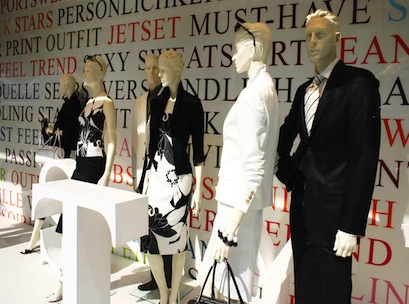 The womenswear stores industry in Australia has struggled in a challenging retail environment over the past five years, as weak consumer sentiment, subdued demand and intensifying competition have driven down revenue and profit margins.
The womenswear stores industry in Australia has struggled in a challenging retail environment over the past five years, as weak consumer sentiment, subdued demand and intensifying competition have driven down revenue and profit margins.
Over the five years through 2013-14, industry revenue is expected to contract by an annualised 2.5 per cent to $5 billion.
Following the global financial crisis, consumer confidence levels plummeted. As a result, consumers have become more cautious, cutting down expenditure on discretionary items and preferring to save rather than spend.
According to IbisWorld industry analyst, Lauren Magner, “this trend prevailed throughout much of the five year period, as consumers remained nervous about global economic conditions and financial market instability”.
Despite this, improvements in the overall economy have led to revenue growth over the past two years, with revenue expected to increase by 1.3 per cent in 2013-14 as consumer confidence levels and disposable incomes increase.
The industry has been faced with intensifying competition from department stores and online retailers. Department stores have significant economies of scale and are able to source products directly from manufacturers at a lower cost.
As a result, these large retailers can offer a wide range of women’s apparel at competitive prices, and the format of these stores allows customers to buy clothes for themselves while also shopping for their family.
The rise of online shopping has created fierce competition for the industry. Consumers are able to compare different products and prices across a range of online retailers before making their selection.
“This shifts revenue away from traditional bricks-and-mortar retailers, as online stores often have greater flexibility over prices and are able to offer better value for money,” says Magner.
The industry is characterised by a low level of market share concentration. The top four major players are Specialty Fashion Group, ARJ Group, Premier Investments, and Country Road.
In response to growing competition, it is expected that retailers will invest in increased employee training in order to provide a higher level of customer service and differentiate themselves from competitors.
This is expected to support sales growth in the womenswear stores industry over the next five years, however, increased acceptance of online shopping will continue to adversely affect industry revenue.
Despite the development of multi-channel strategies by many companies in this industry, online sales generated by traditional retailers are excluded from this industry.
For more information, visit IbisWorld’s Womenswear Stores in Australia industry report.





